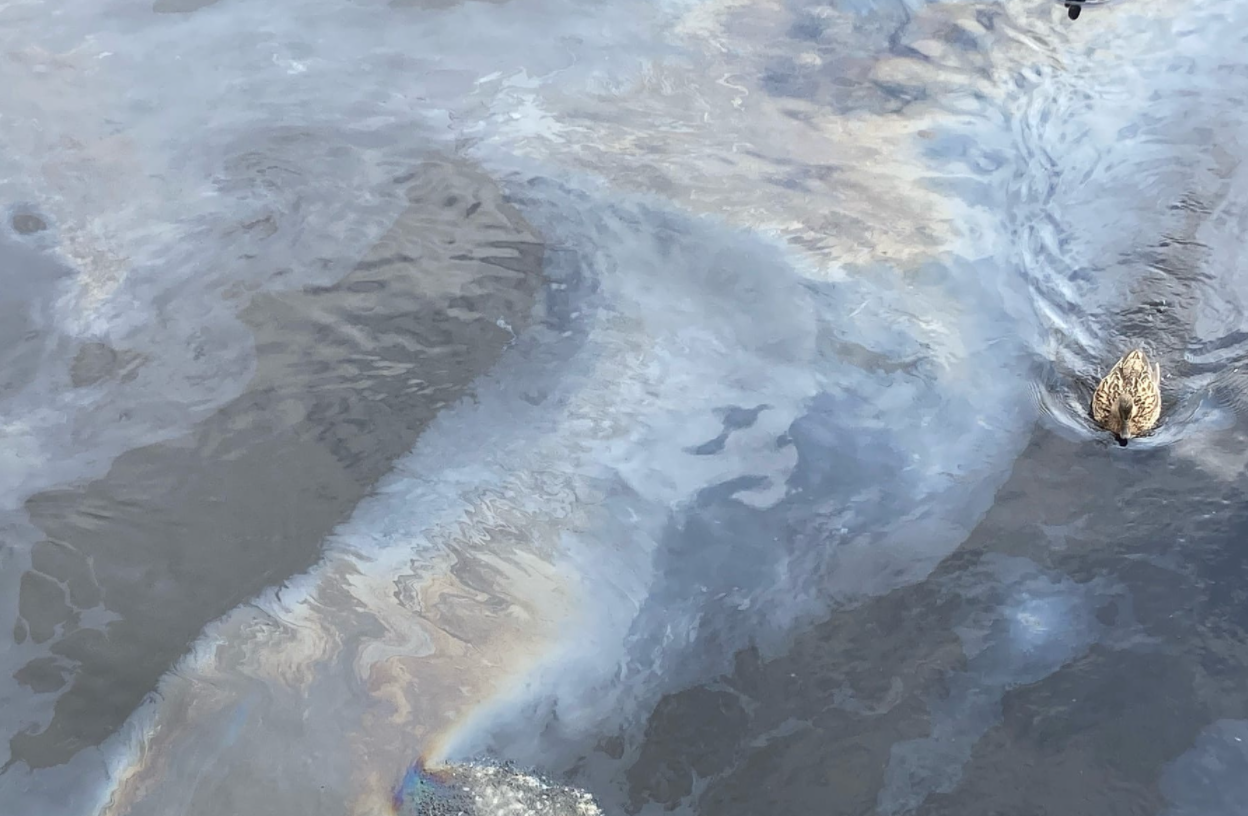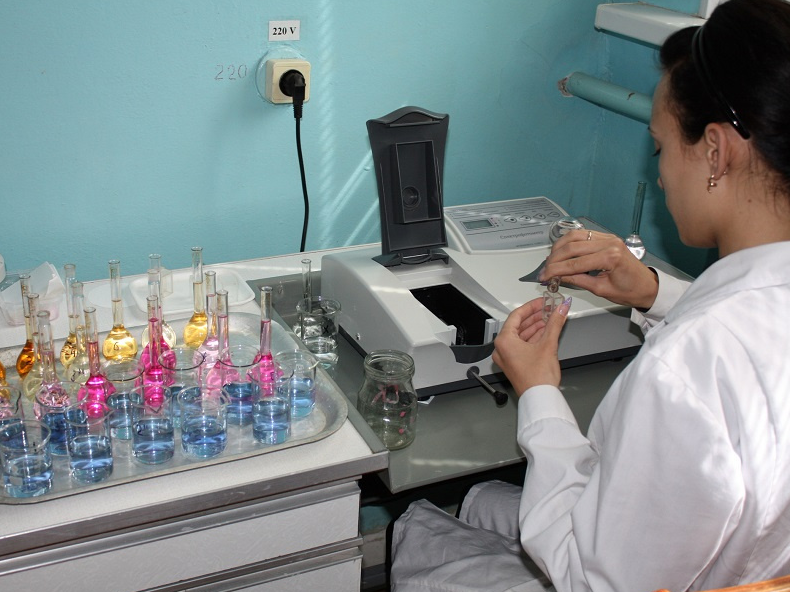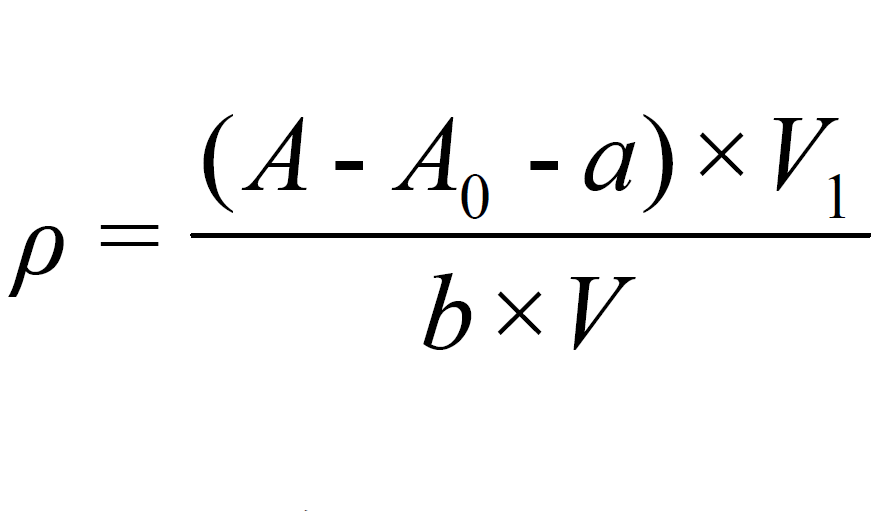
Principle of Fluorescence Detection of Petroleum Substances in Water
Under the condition of pH≤2, the oily substance in the sample is extracted with n-hexane, dehydrated by anhydrous sodium sulfate, and then adsorbed with magnesium silicate to remove polar substances such as animal and vegetable oils, among which the petroleum When the substance is irradiated by the excitation light source, the molecule undergoes a transition. When the molecule returns from the excited state to the vibrational energy level of the ground state, the absorbed energy is released in the form of fluorescence to emit molecular fluorescence. The fluorescence intensity is proportional to the petroleum content within a certain concentration range.Reagents used for testing
1. Hydrochloric acid: 1.19g/ml.2. n-hexane, chromatographically pure.
3. Absolute ethanol.
4. Anhydrous sodium sulfate.
Ignition at 550 ℃ for 4h, put it into a ground glass bottle after cooling, and store it in a desiccator.
5. Magnesium silicate: 60 mesh-100 mesh.
Burn at 550 °C for 4 hours, and after cooling, weigh an appropriate amount of magnesium silicate into a ground glass bottle. According to the weight of magnesium silicate, add an appropriate amount of laboratory first-grade pure water in the proportion of 6% (m/m), and then close it. Stopped and fully shaken for several minutes, placed for 12h, and set aside.
6. Petroleum standard stock solution: 1000mg/L.
Or directly purchase the certified reference material of the commercially available n-hexane system suitable for the determination of fluorescence spectrophotometry.
7. Petroleum standard liquid: 100mg/L.
Draw 10.00ml of petroleum standard stock solution into a 100ml volumetric flask, dilute to volume with n-hexane, shake well, and prepare for immediate use.
8. Glass wool.
Rinse with n-hexane and air-dry, and place in a dry glass bottle for later use.
9. Magnesium silicate adsorption column.
Pack a small amount of glass wool at the outlet of a glass chromatography column with an inner diameter of 10 mm and a length of about 200 mm, then slowly pour magnesium silicate into the glass chromatography column, tap gently while pouring, and the filling height is about 80 mm.
Instruments used for testing
1. Sampling bottle: 500ml brown rigid glass bottle.2. Fluorescence spectrophotometer: excitation wavelength 250-700nm; emission wavelength 250-700nm.
3. Cuvette: 1cm quartz fluorescent cuvettes.
4. Separation funnel: 1000ml, teflon stopcock.
5. Conical flask: 50ml, with stopper and ground mouth.
6. Horizontal oscillator.
7. Centrifuge: equipped with glass centrifuge tubes.
8. Common laboratory utensils and equipment.

Water sample preparation steps
1. ExtractionTransfer all the water samples to a 1000ml separatory funnel, measure 25.0ml of n-hexane to wash the water sample bottle, and transfer all of them to a separatory funnel. Shake fully for 2 minutes, during which the cock is often opened to exhaust, and after standing for stratification, transfer all the lower water phase to a 1000ml graduated cylinder, measure the volume of the water sample and record it.
2. Dehydration
Transfer the extracted water sample to a conical flask to which 3 g of anhydrous sodium sulfate has been added, close the stopper tightly, shake it for several times, and let it stand. If the anhydrous sodium sulfate is all agglomerated, it is necessary to add anhydrous sodium sulfate until it no longer agglomerates.
3. Adsorption
Continue to add 3 g of magnesium silicate to the extracted water sample, place it on a horizontal shaker, shake for 20 min, and let it stand for precipitation. Put a small amount of glass wool on the bottom of the glass funnel, filter, and test.
Check the specific steps
Build a standard curve
Accurately pipette 0.00ml, 0.10ml, 0.50ml, 1.00ml, 5.00ml and 10.00ml of petroleum standard solution into six 50ml volumetric flasks, dilute to the mark with n-hexane, and shake well. The standard series concentrations are 0.00mg/L, 0.20mg/L, 1.00mg/L, 2.00mg/L, 10.0mg/L and 20.0mg/L, respectively. Under the condition of excitation wavelength of 310nm and emission wavelength of 360nm, use a 1cm quartz fluorescence cuvette with n-hexane as a reference to measure the fluorescence intensity. A standard curve was established with the concentration of petroleum (mg/L) as the abscissa and the fluorescence intensity as the ordinate.Test water samples
The water samples that have been extracted and prepared are measured according to the same steps as the establishment of the standard curve. The determination of the blank sample is carried out according to the same procedure. The mass concentration of petroleum in the final water sample can be calculated according to the corresponding formula.
This method is derived from 《Water Quality - Determination of Petroleum Products - Fluorescence Spectrophotometry》



